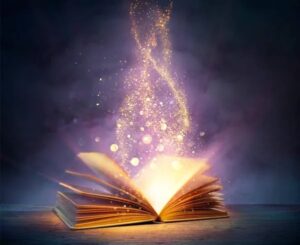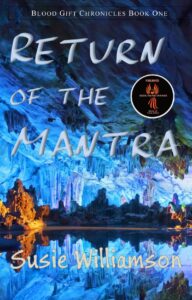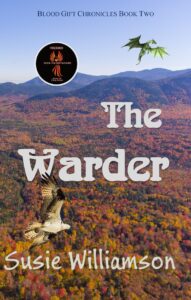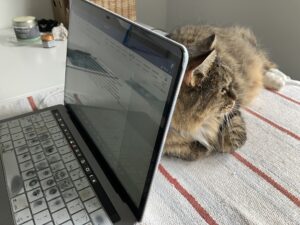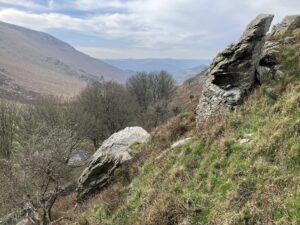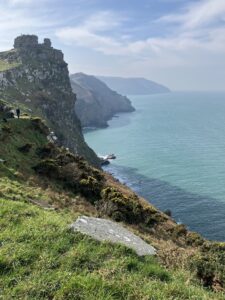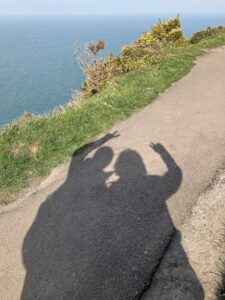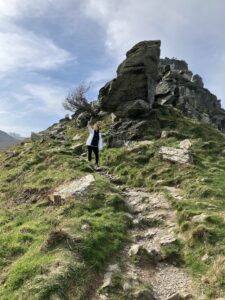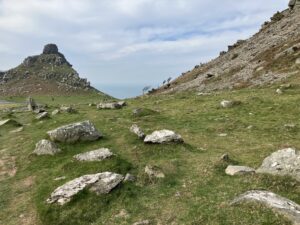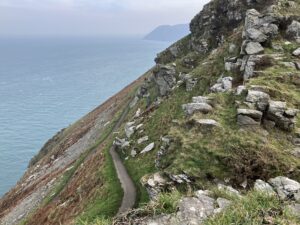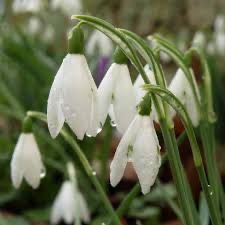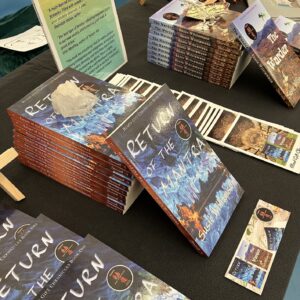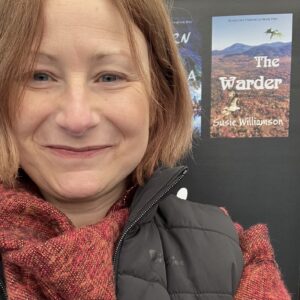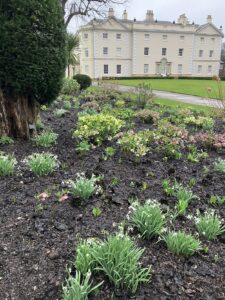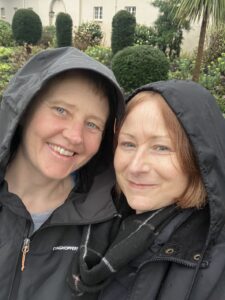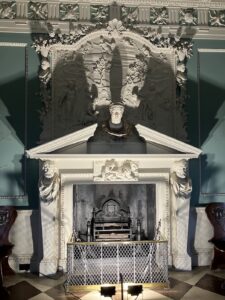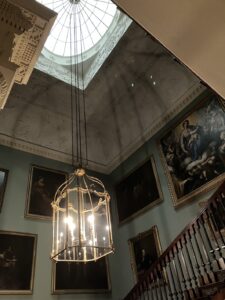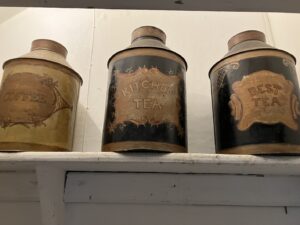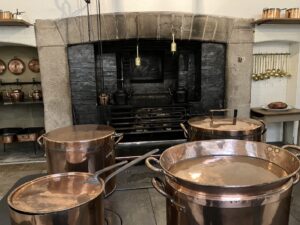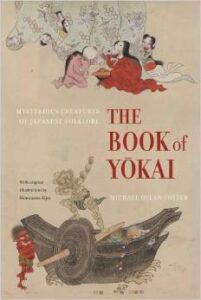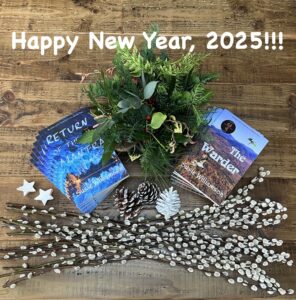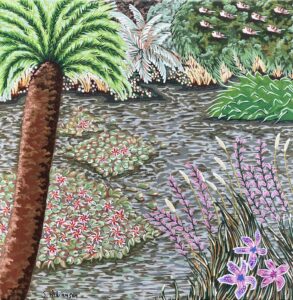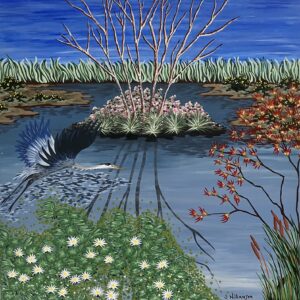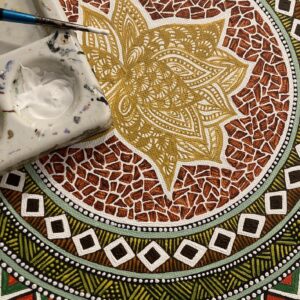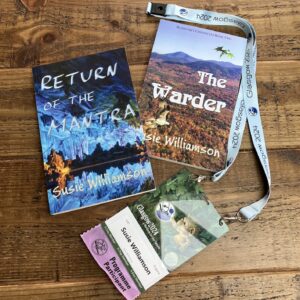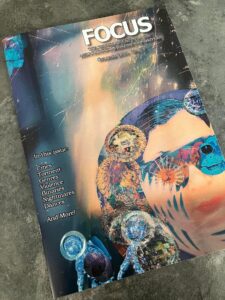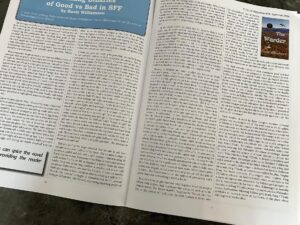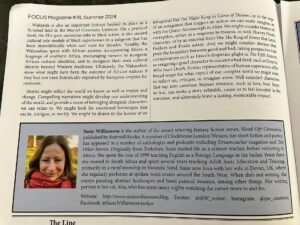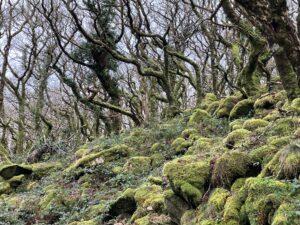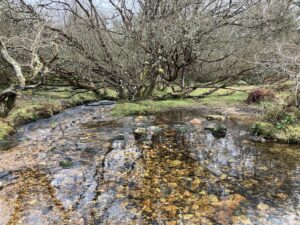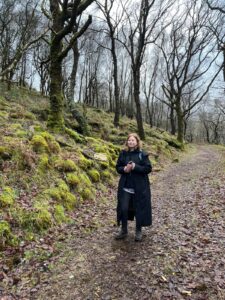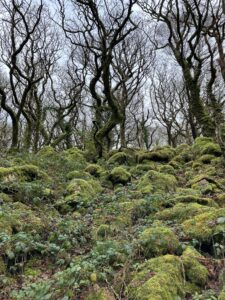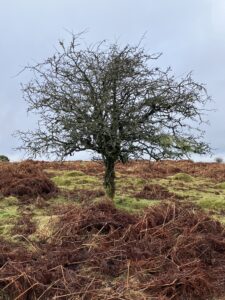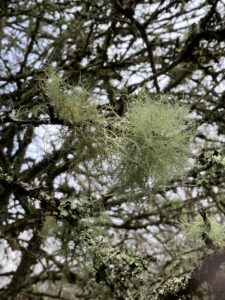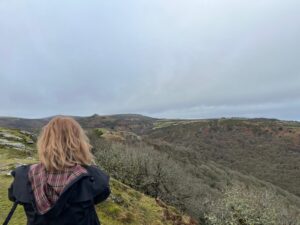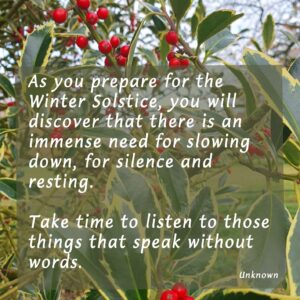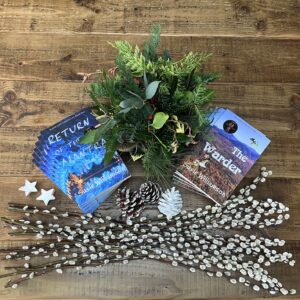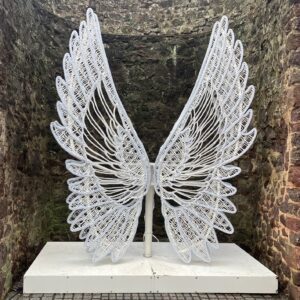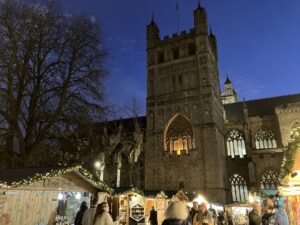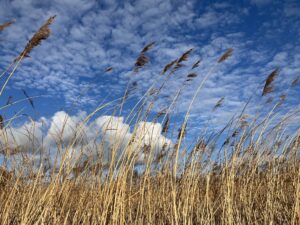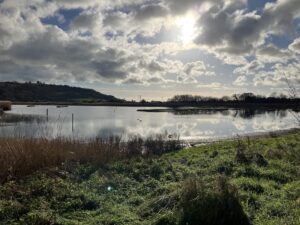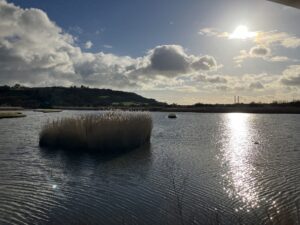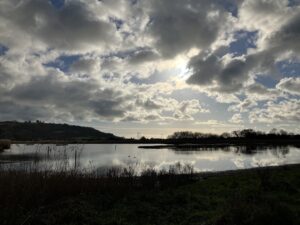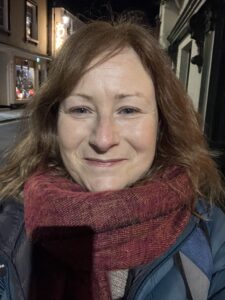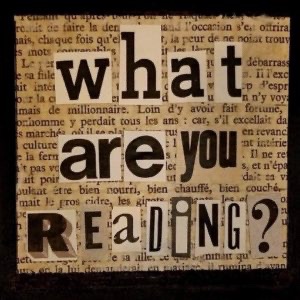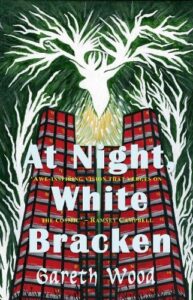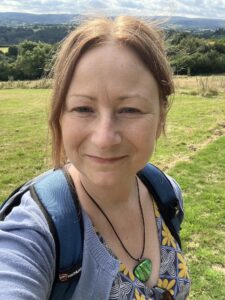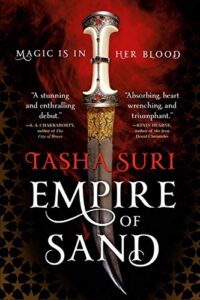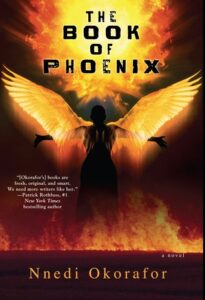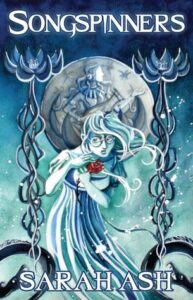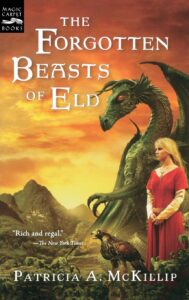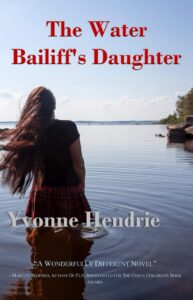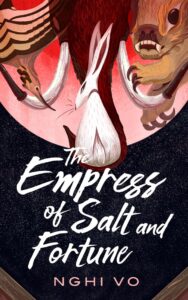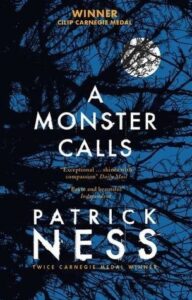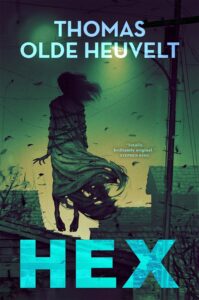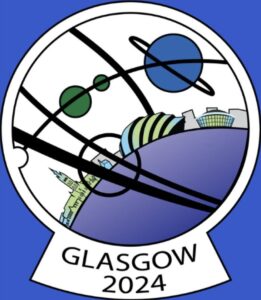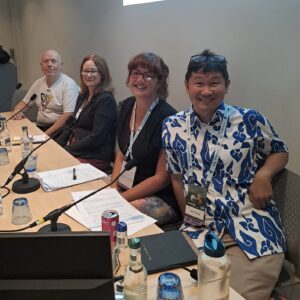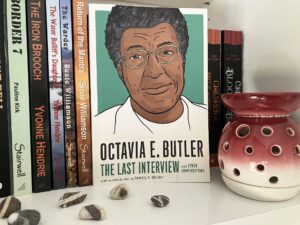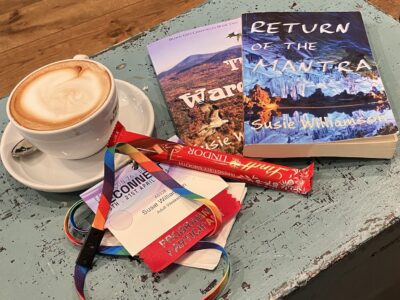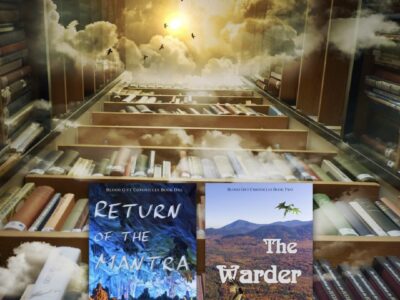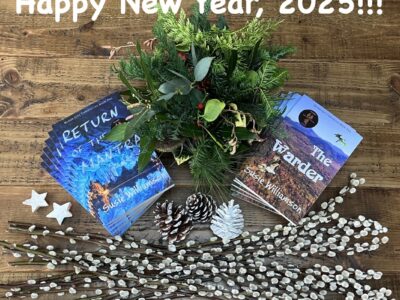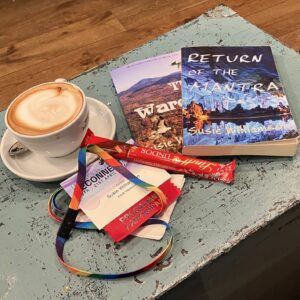
Summer is on its way and I can barely believe it’s the end of May, and so for an overdue catch up on a wonderful trip to Northern Ireland, where Eastercon 76 was being held, Belfast style.

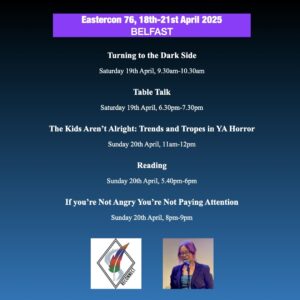
It was a privilege to take part in a fantastic programme of panels, workshops and readings. The stars aligned to theme me on the dark side this year, those big emotions that can drive our characters, as well as create opportunity for reflecting in a different way, one that might just interrupt the fear and lend itself to peace. Determined rage can be a powerful motivator, especially when fuelled by a sense of injustice. And perhaps hope as determined rage in a state of resilience and unwavering belief, a deep persistent hope, can be as powerful and forceful in driving action and change. My characters are no stranger to the dark side. They’re also no stranger to fighting back, working together, supporting a world to move towards greater environmental and social justice, and so there are messages of hope and empowerment. And we need those, right?
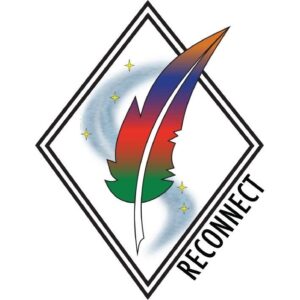
I look forward to sharing more thoughts of these intriguing topics, but for now simple gratitude to all the inspiring and inventive writers out there, and readers who share a love of the genres.

Belfast ICC was an impressive host, and further afield beneath big skies it was great to explore memorials and street art and an impressive city hall. Not to mention the Titanic museum, and a t-shirt that read: ‘It was fine when it left Belfast, so it was.’

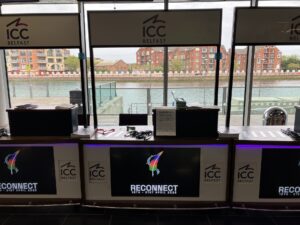


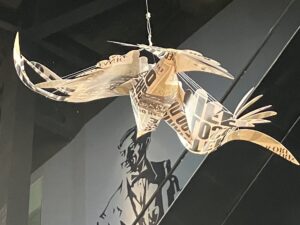
Nearby Game of Thrones studios was a real highlight, a feast of visuals, sets and insights bringing this epic saga to life.
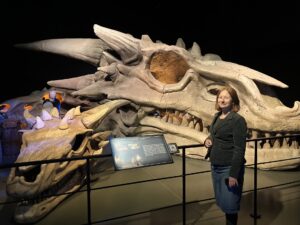
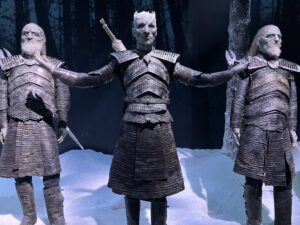

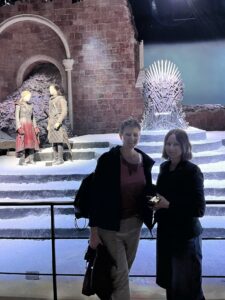
And it was great to see more sights of this country, with beautiful coastline and stunning interior carpeted with yellow gorse, and meeting locals who were extraordinarily gracious, welcoming and friendly.
Giants Causeway was magic, a place of myth and legend.

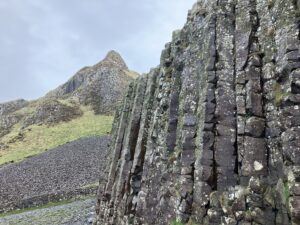
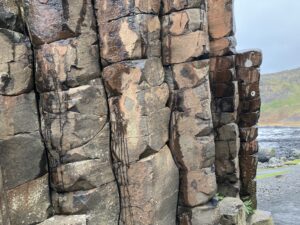

Carrick a Rede rope bridge was appropriately scary, hanging 60ft over choppy seas, though tame in comparison to fishermen’s tales of traversing a single rope carrying their catch of the day!
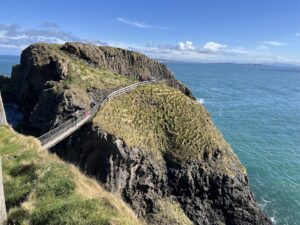
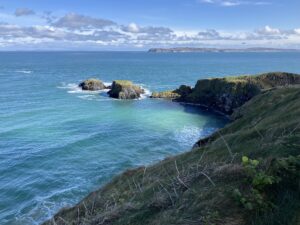
And more exploring Game of Thrones territory with Dunlace Castle (in exceptional wind and rain!!), not to mention, Ballintoy Harbour.


Dark Hedges was truly evocative.

And Cushendun Caves, nestled on the wild tip of the quaint village of Cushendun, was closed for the season, or perhaps because the red woman was cooking up magic.


Finally home and a chance to rest and restore before change. Because change comes whether we want it or not.
And now for some truly sad news. I have had to say goodbye to my beloved Mia, cat companion and writing buddy for all her fifteen years. She has had her bed on my desk ever since she was a kitten, and been with me through the ups and days of writing, editing, rejection and publishing. Until illness came and transformed lovely Mia into magic, leaving my desk all too bare.
Though she was also a wonderful gardener, and outside the colours bloom.
If you ever wondered where inspiration for the mountain lions of Shendi came from in Return of the Mantra, look no further than this gorgeous girl, who used to sport a mane in her younger days.
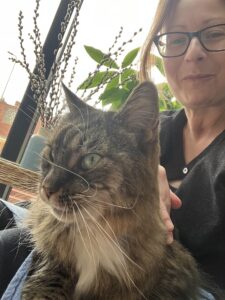
Rest easy sweet girl…

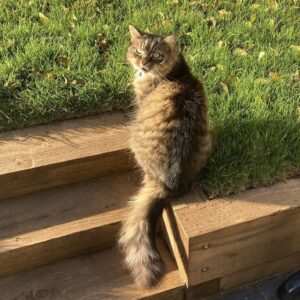
And after she had slipped away, a flower sprung where she had a lain, forget-me-not, the petals say, in Mia’s grounds, the perfect place.
![]()

